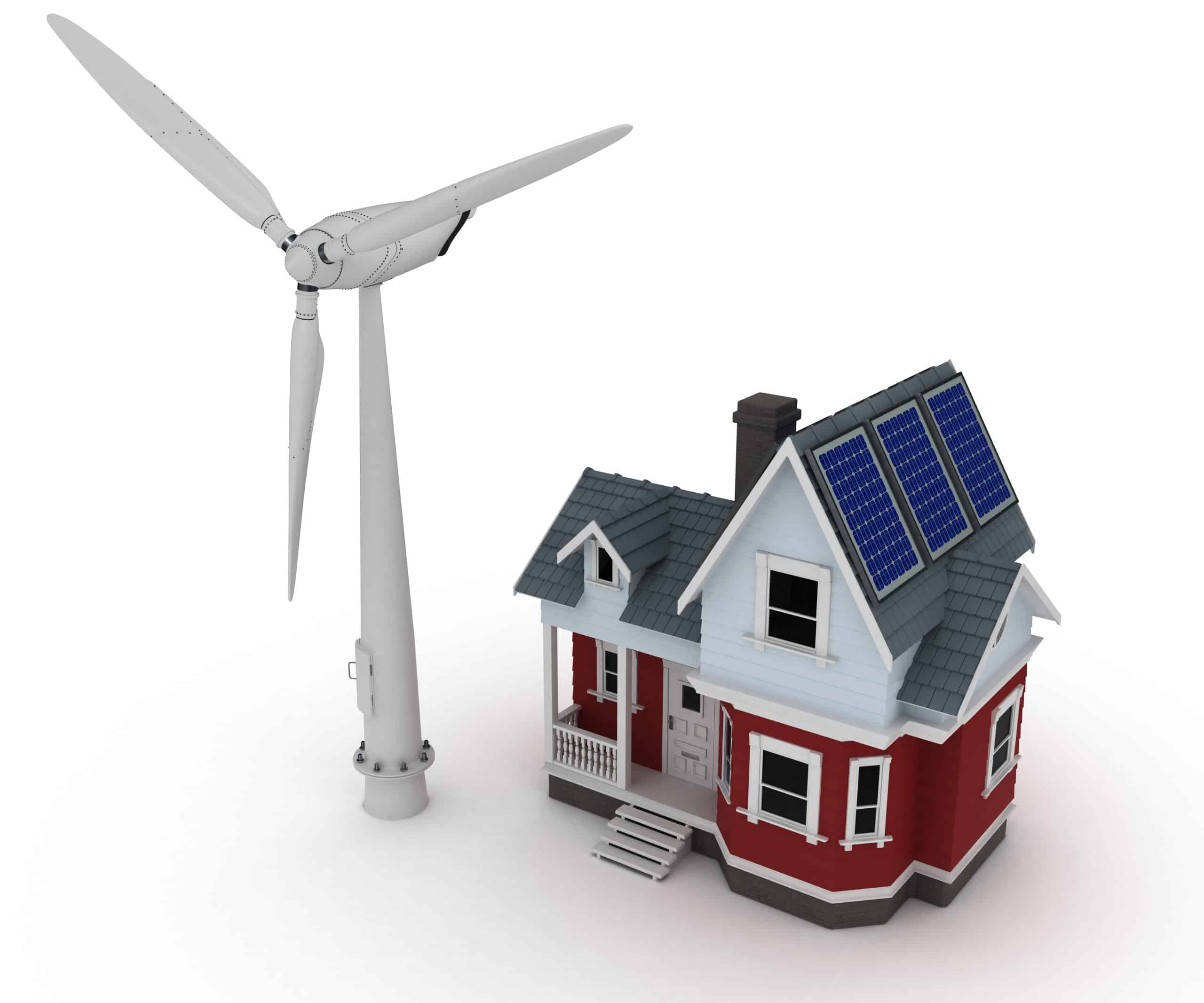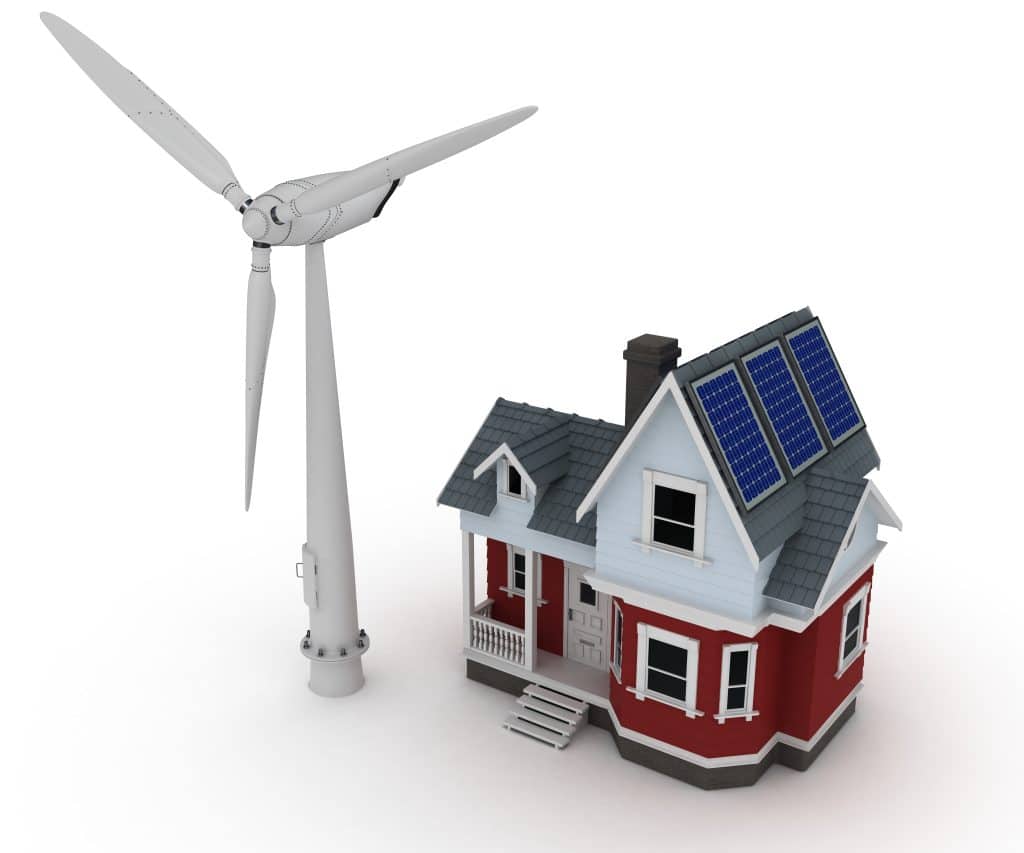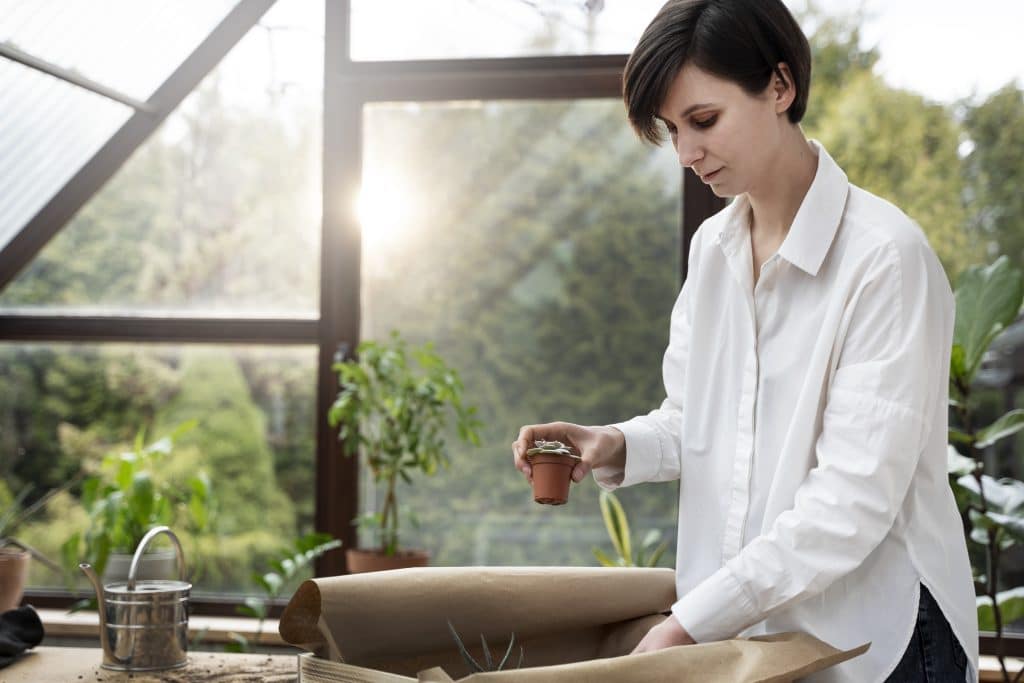Quality of Life and Sustainable Homes


In today’s fast-paced world, the concept of home has evolved. It’s no longer just a place to sleep or store our belongings—it’s a refuge, a wellness space, and increasingly, a reflection of our values. At the heart of this evolution is the sustainable home: a living space that aligns comfort, health, and environmental responsibility.
The global shift toward sustainability is not just about protecting the planet—it’s also about improving how we live day to day. From air quality to energy savings and emotional well-being, sustainable homes offer a better, more balanced lifestyle.
But what exactly defines a sustainable home? And how does it connect to quality of life? In this post, we’ll explore the deep relationship between sustainable design and human wellness—and offer practical steps for creating a home that truly supports you.
What Are Sustainable Homes?
Sustainable homes are homes that are designed, built, and maintained to reduce its environmental impact while enhancing the well-being of its occupants. These homes prioritize energy efficiency, water conservation, responsible material choices, and harmony with the natural environment.
Rather than relying on non-renewable resources and traditional building methods, sustainable homes adopt innovative systems that reduce waste and carbon emissions. They also create healthier indoor environments by avoiding harmful chemicals and maximizing natural light and airflow.
Key characteristics of a sustainable home include:
-
Energy efficiency: using solar power, LED lighting, passive cooling and heating systems.
-
Water efficiency: utilizing low-flow fixtures, rainwater collection, and greywater reuse.
-
Eco-friendly materials: using recycled, renewable, or low-impact building materials.
-
Design for well-being: incorporating biophilic design, ventilation, and natural elements.
-
Waste reduction: minimizing construction and household waste, promoting recycling and composting.
The Connection Between Sustainable Living and Quality of Life
Quality of life isn’t just about financial stability or access to luxury. It’s about how safe, healthy, and fulfilled we feel in our environment. Our homes play a major role in that—after all, it’s where we sleep, eat, relax, and often work.
Sustainable homes contribute to quality of life in five powerful ways:
1. Improved Physical Health
Many traditional homes contain materials and finishes that release volatile organic compounds (VOCs), which can contribute to respiratory issues, allergies, and other health problems. Sustainable homes avoid these toxins by using natural paints, adhesives, and building materials.
Additionally, these homes improve indoor air quality through better ventilation, the use of air-purifying plants, and reduction of mold-prone conditions by managing humidity naturally. Healthier air means fewer headaches, better sleep, and increased immunity.
2. Enhanced Mental Well-Being
Sustainable homes are often designed with biophilic principles in mind—bringing elements of nature indoors. Whether it’s large windows that let in natural light, indoor plants, or wood and stone textures, these natural elements help reduce stress and promote emotional balance.
Natural lighting has been shown to boost mood, enhance productivity, and support healthy sleep-wake cycles. Studies confirm that exposure to nature—even indoors—can reduce anxiety, improve focus, and foster a greater sense of calm.
3. Financial Peace of Mind

One of the most practical benefits of a sustainable home is the long-term cost savings. Though the initial investment may be higher in some cases (like installing solar panels or upgrading insulation), the reduced utility bills and maintenance costs quickly add up.
Sustainable homes with efficient energy systems, smart appliances, and water-saving features not only saves hundreds (or even thousands) per year, but also offers predictability and security in uncertain economic times.
4. Increased Comfort and Functionality
Sustainable design places a strong emphasis on comfort—not just in terms of temperature, but also acoustics, space flow, and multi-functional areas. Through better insulation, thermal regulation, and acoustic control, sustainable homes maintain pleasant indoor climates naturally.
Designing for functionality means homes are more adaptable, with spaces that serve multiple purposes (home office, guest room, meditation corner). This increases usability and harmony in the household.
5. Sense of Purpose and Environmental Stewardship
Living in a sustainable home brings a sense of alignment between personal actions and global impact. Knowing that your home uses fewer resources, supports biodiversity, and leaves a smaller footprint adds meaning to everyday choices.
Many homeowners report feeling more satisfied and connected to their community when they live sustainably. It empowers individuals to live in accordance with their values and inspire others to do the same.

Real-Life Examples of Sustainable Living
HLC House – São Paulo, Brazil
This urban home incorporates solar panels, a green roof, natural cross ventilation, and rainwater harvesting. The house uses passive solar design, meaning it remains cool in summer and warm in winter with little need for heating or cooling. The family reduced their electricity bill by 70% and report better sleep and lower stress levels since moving in.
Piracanga EcoVillage – Bahia, Brazil
This community is built entirely around sustainability. Homes are made of adobe, powered by solar energy, and use composting toilets. Residents grow their own food, compost waste, and share resources communally. Many say that living in Piracanga has helped them reconnect with nature, slow down, and live more mindfully.
Practical Ways to Make Your Home More Sustainable
You don’t need to build a new house to enjoy the benefits of sustainable living. Here are some steps you can take—whether you live in a house, apartment, or rented space:
1. Maximize Natural Light
Open curtains during the day. Use mirrors to reflect light. Paint walls with bright, natural tones. This reduces the need for artificial lighting and improves mood.
2. Improve Airflow
Cross-ventilation can be achieved by opening windows on opposite sides of your space. Ceiling fans and exhaust systems also help circulate air naturally.
3. Install Water-Saving Fixtures
Low-flow showerheads, dual-flush toilets, and aerated faucets can significantly cut your water usage—and your bill.
4. Reduce Energy Waste
Unplug electronics when not in use, switch to energy-efficient appliances, and use a smart thermostat to regulate heating and cooling.
5. Embrace Greenery
Add air-purifying plants like snake plant, peace lily, and pothos. Create a balcony garden or herb corner for daily connection with nature.
6. Choose Sustainable Products
Buy secondhand furniture. Use natural materials like bamboo or reclaimed wood. Avoid synthetic, disposable items and opt for long-lasting alternatives.
7. Use Eco-Friendly Cleaning Supplies
Replace chemical cleaners with vinegar, baking soda, and castile soap. Not only are they safer, but they also reduce indoor pollution.
A Quick Comparison: Traditional vs. Sustainable Homes
| Aspect | Traditional Home | Sustainable Home | Impact on Quality of Life |
|---|---|---|---|
| Energy Consumption | Relies on grid, inefficient appliances | Solar panels, LED lighting, smart controls | Lower bills, fewer emissions |
| Water Usage | Standard plumbing, no reuse | Rainwater harvesting, low-flow fixtures | Conservation, affordability |
| Indoor Air Quality | Toxins from paint, adhesives, mold risks | Natural materials, better airflow, indoor plants | Healthier breathing, fewer illnesses |
| Thermal Comfort | Requires AC and heaters | Insulation, natural ventilation | Comfortable year-round, less energy waste |
| Connection to Nature | Rarely emphasized | Gardens, natural materials, daylight | Reduced stress, increased happiness |
| Financial Stability | High utility and maintenance costs | Efficient systems reduce expenses | Peace of mind, more money for essentials |
Conclusion: Living Better by Living Green
A sustainable home is not just an environmental choice—it’s a wellness choice. It’s a home that supports your health, respects the Earth, and nurtures a sense of peace and purpose. Whether you’re building a new house or improving the one you already live in, every small change adds up.
By making your home more sustainable, you’re not just saving money or helping the planet—you’re also creating a space where you and your family can truly thrive.
So take that first step. Open a window. Plant a seed. Swap out a bulb. Your future self—and the Earth—will thank you.
Did this post inspire you? Share it with a friend or family member who’s ready to embrace sustainable living. Together, we can build a better, healthier world—one home at a time. 🌱



